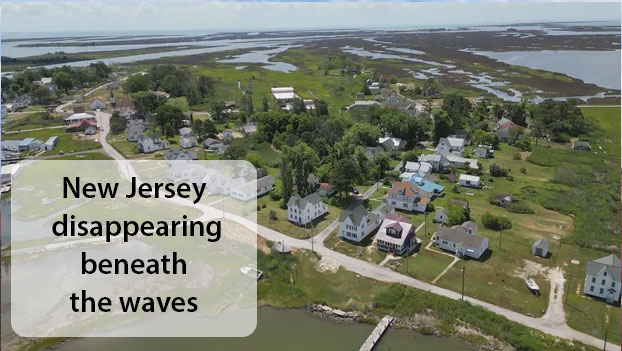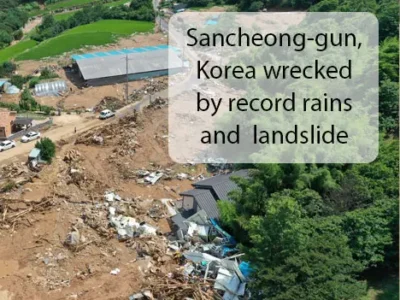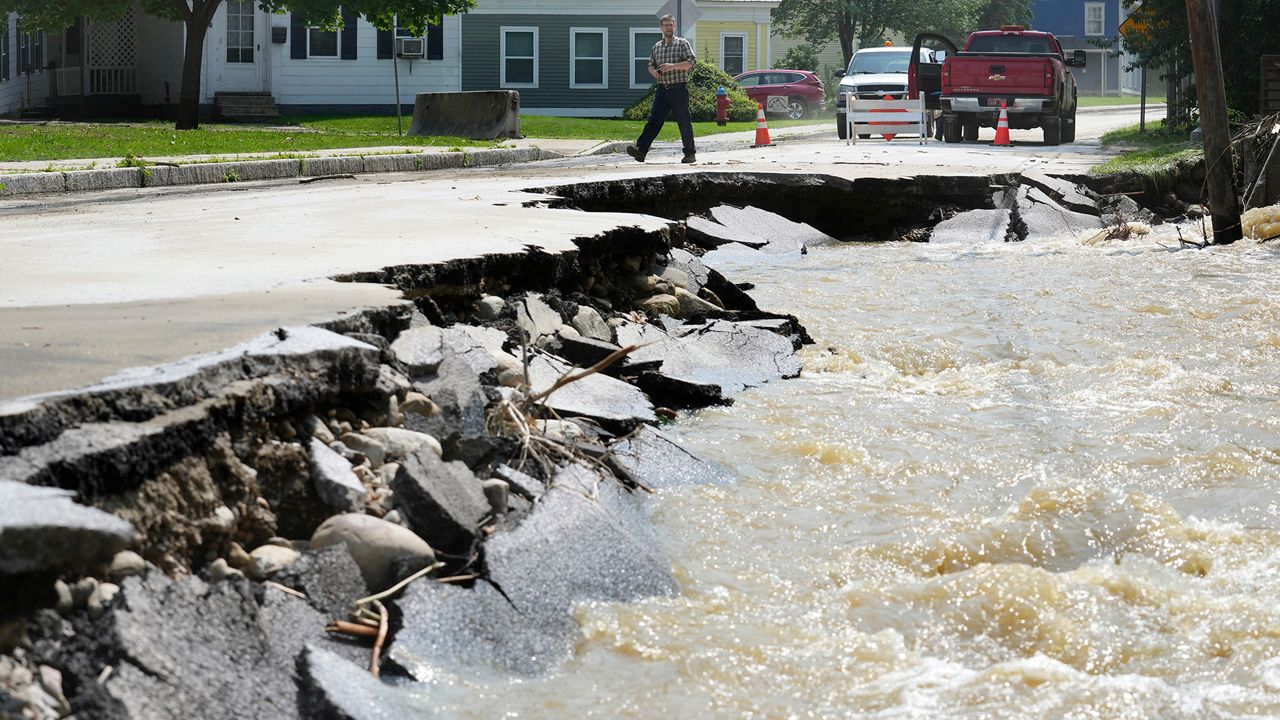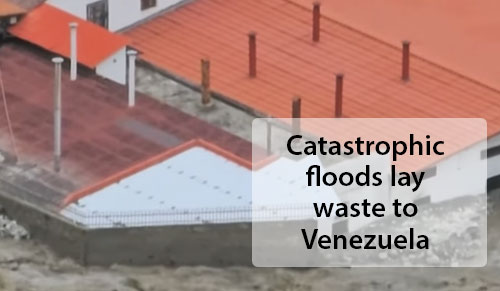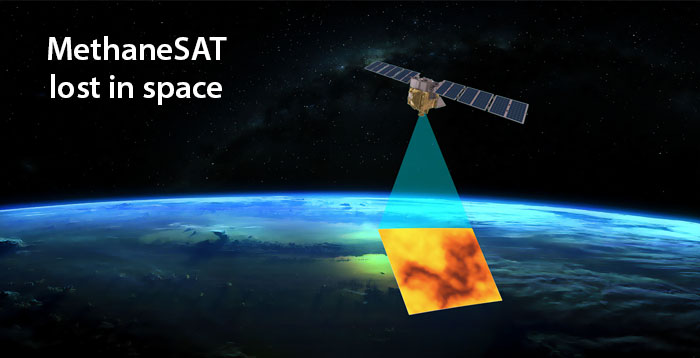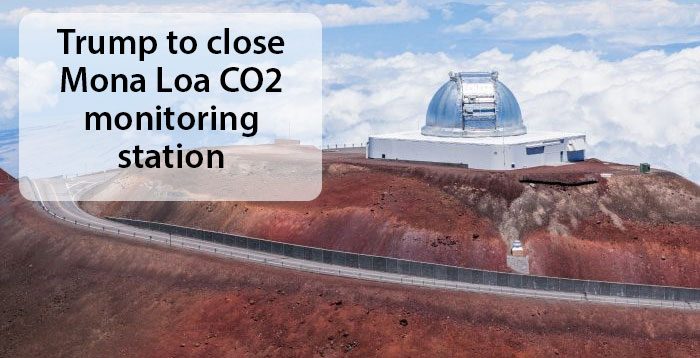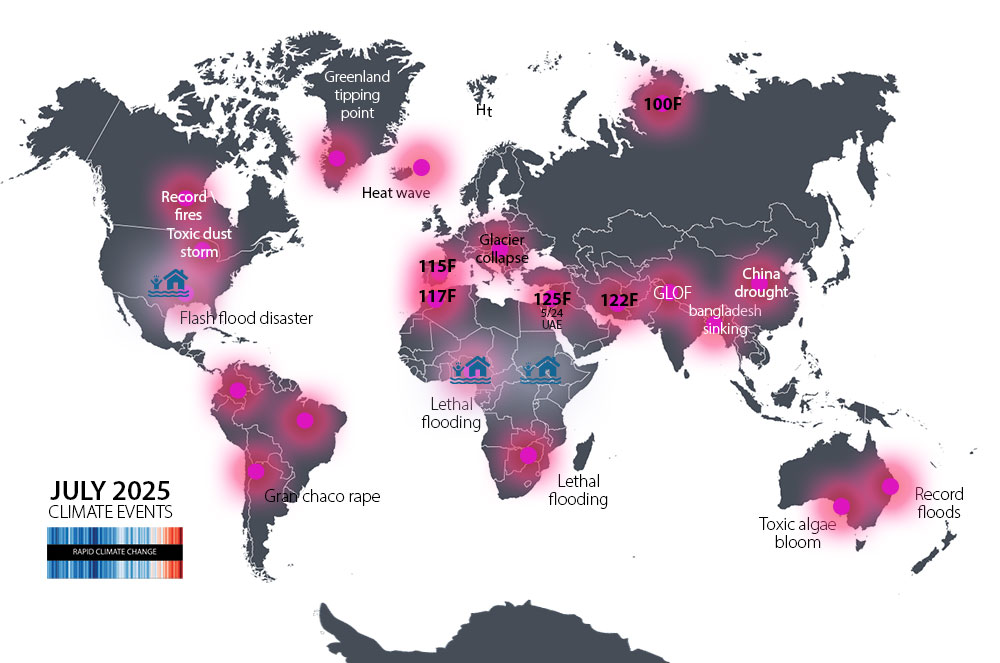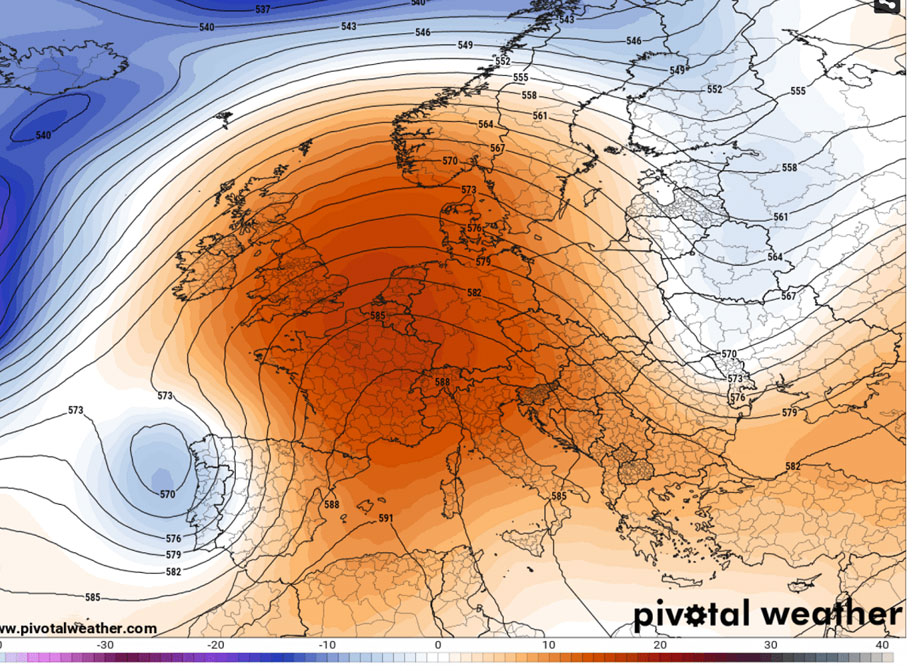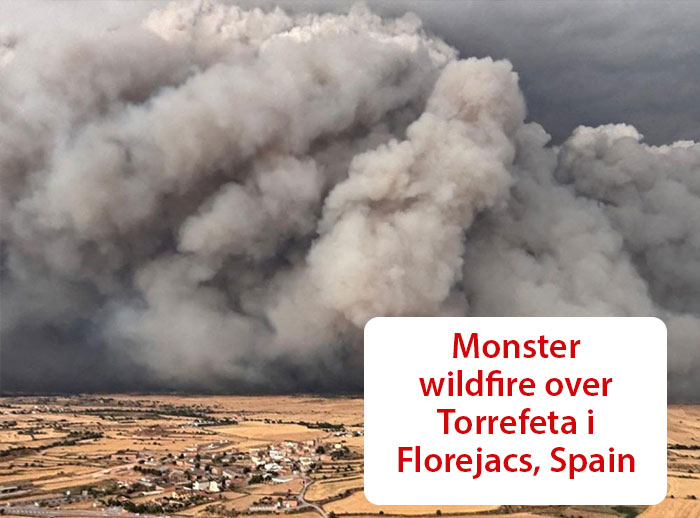$101 Billion: First Six Months of 2025 Set New Record for Climate Damages in USA:
Between January and June 2025, a total of 14 extreme weather events led to losses of $101.4 billion.
Extreme weather events cost $40 Billion
South Africa hitting springtime temps of 109ºF
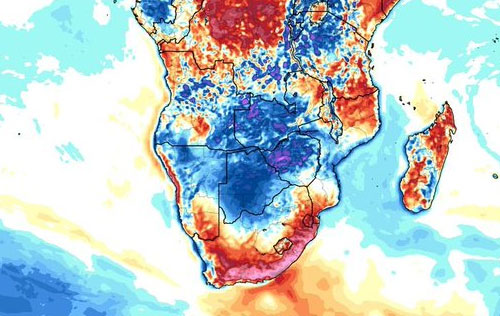
Scientists in Switzerland say 1.5C climate change goal is out of reach | Midway through Northern autumn, Summer heat in Spain continues into mid-autumn with 95F temps | More and more research supports the slowing and disruption of the Gulf Stream, bad news for Europe | Hurricane Melissa intensified to a Cat 5 in just hours, another example of a new type of typhoon | Continuing acidification of the ocean is threatening the existence of sharks as the seas absorb more and more CO2 | As global warming continues to impact cocoa yields, candy companies are learning how to fake it| As Hurricane Melissa approached Jamaica, it was measuring a minimum pressure of 901 millibars —lower than Hurricane Katrina’s peak low pressure of 902 mb and the lowest pressure ever recorded in a hurricane this late in the year.
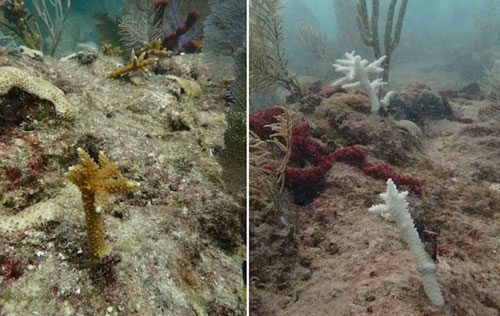
TWO FLORIDA CORAL SPECIES DRIVEN TO EXTINCTION BY HEAT
Marine heat has sent two more coral species in Florida waters spiraling into functional extinction. Even before a 2023 marine heat wave, staghorn and elkhorn corals had been dwindling, with periodic declines accelerated by loss of herbivore species, disease and repeated bleaching. Well beyond it’s natural beauty, coral is essential to the Florida tourist economy and to regional marine life. This event is part of a global collapse of corals, another sign of the general sickness of the oceans and the planet.

ALASKA MEGA STORM DRIVES 1600 OUT OF THEIR HOMES
The largest airlift in Alaska history evacuated 1,600 people after a massive storm caused widespread destruction and left 2,000 displaced. Strong winds and flooding destroyed homes in communities including Kipnuk, Bethel, and Nome. The storm was the “remnants of Typhoon Halong, which had already devastated parts of China and the Philippines. The storm inundated low-lying area of tundra, home remote and inaccessible communities. It is unlikely the refugees will be able to return home anytime soon.
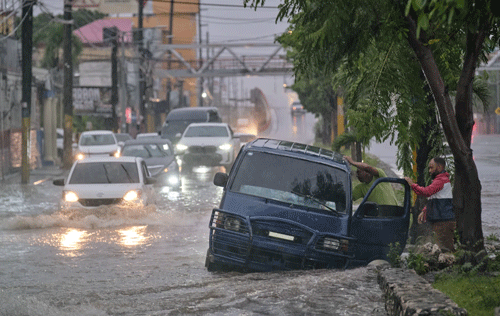
HURRICANE MELISSA DEVASTATES JAMAICA AND MOVES ON
A record breaking monster storm is trashing the Caribbean with 185 MPH winds, bringing power outages and infrastructure damage to Jamaica. The storm is the most powerful Atlantic hurricane to make landfall. It moved on to Cuba as a Cat 3, cutting off 140.000 people trapped by rapidly rising river levels.
Wind speeds measured 70 mph on Saturday as the storm formed in the Atlantic basin. Just 24 hours later, however, they had jumped to Monday and Tuesday until reaching 185 mph.

MOSQUITOS INVADE ICELAND, LEADING MASSIVE SPECIES MIGRATION NORTH
It may not be predicted in the Book of Revelation, but the migration of the tropical insect into the Arctic regions is bad news. A large number of species are moving toward the poles as warming accelerates. New species moving into new ecospheres often wreak havoc when they compete with exisiting species. The Arctic is warming about four times faster than the rest of the planet.
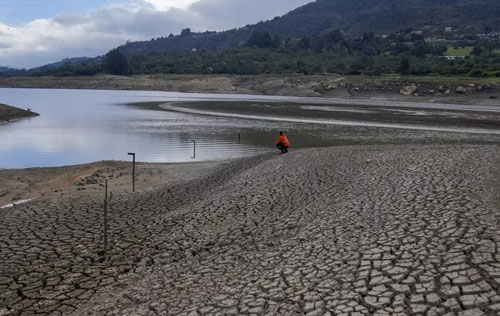
CYPRUS JOINS THE CLUB OF NATIONS RUNNING OUT OF WATER.
Cyprus is facing a rapidly worsening water crisis as reservoir levels drop to critical lows that threaten drinking water supplies and could devastate the agricultural sector.
The prolonged drought has caused authorities to warn farmers against planting new crops without securing alternative water sources for 2026. Water rationing is expected.
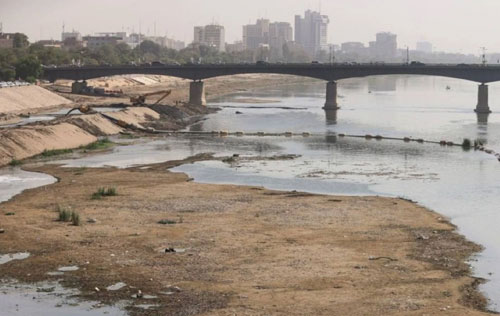
“ENVIRONMENTAL GENOCIDE” FOR IRAQ’S TIGRIS RIVER
As with most environmental catastrophe’s Iraq’s Tigris River is facing an existential crisis brought about by a combination human dumbassery and global warming. The extended drought is a product of climate whiplash with shortages exacerbated by upstream dam construction in Turkey.
The iconic Tigris and Euphrates watersheds are considered the cradle of civilization even as severely declining flow has increased pollution, fish mortality and environmental security.
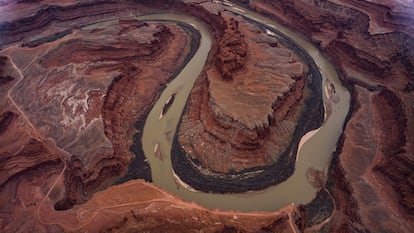
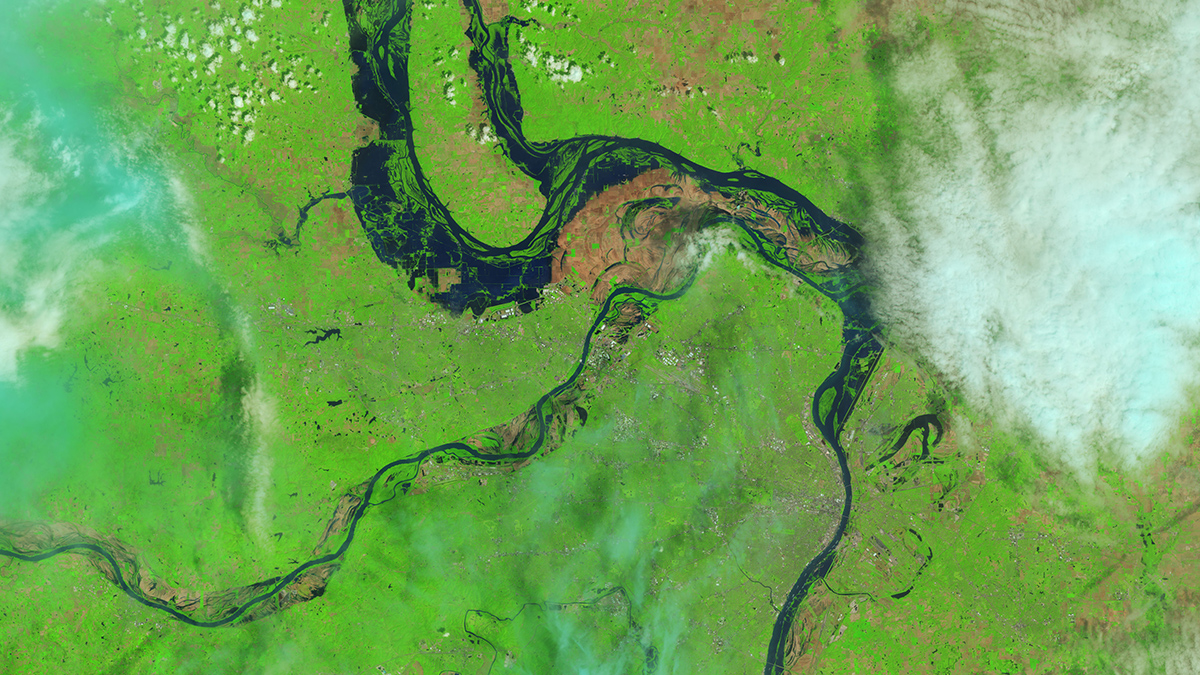
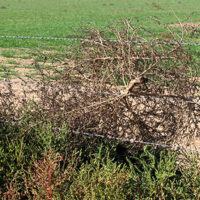
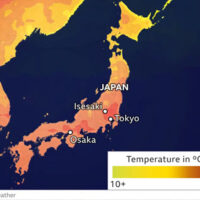
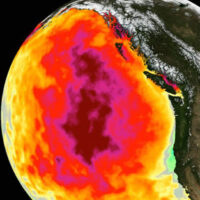
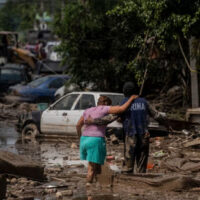

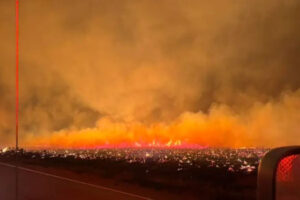

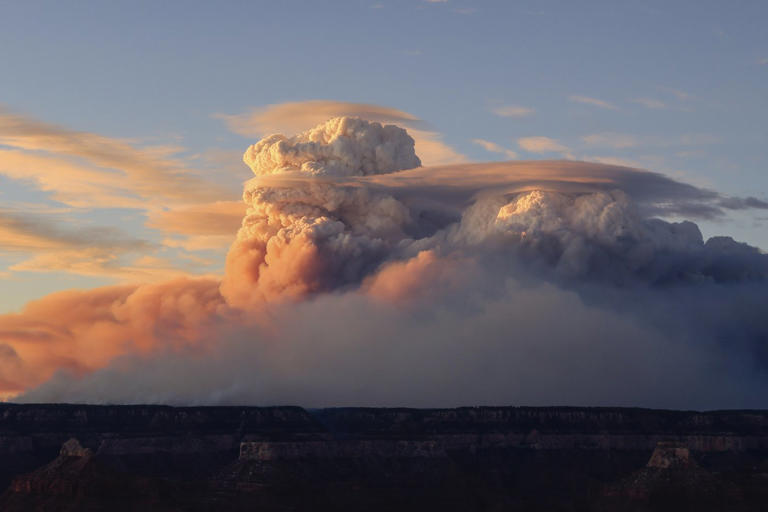








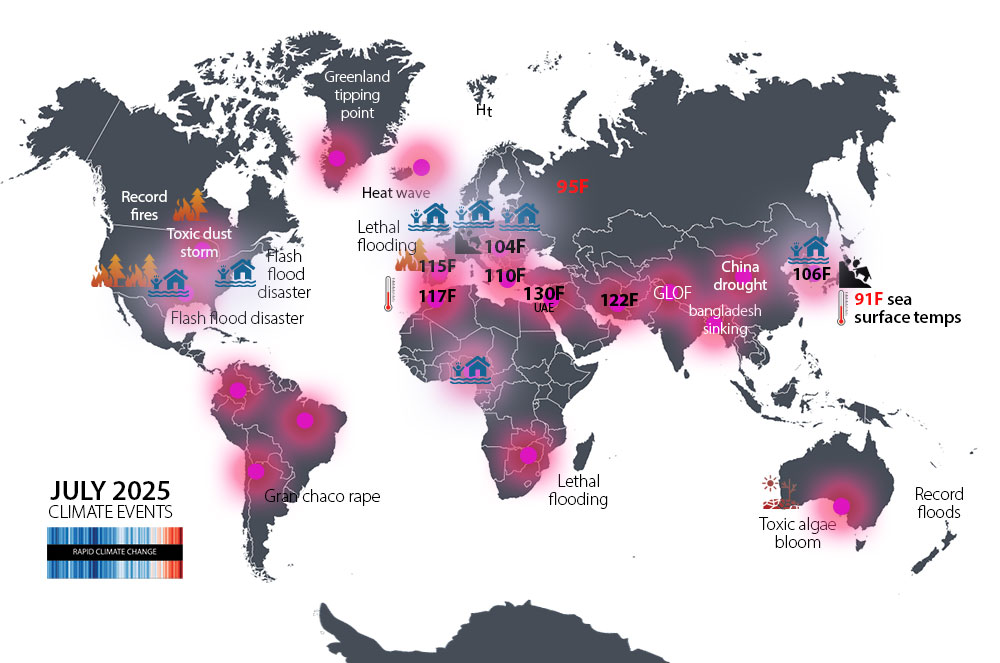
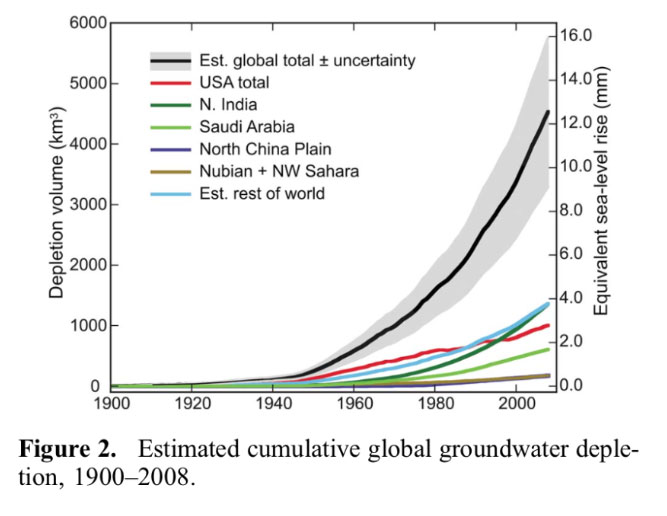
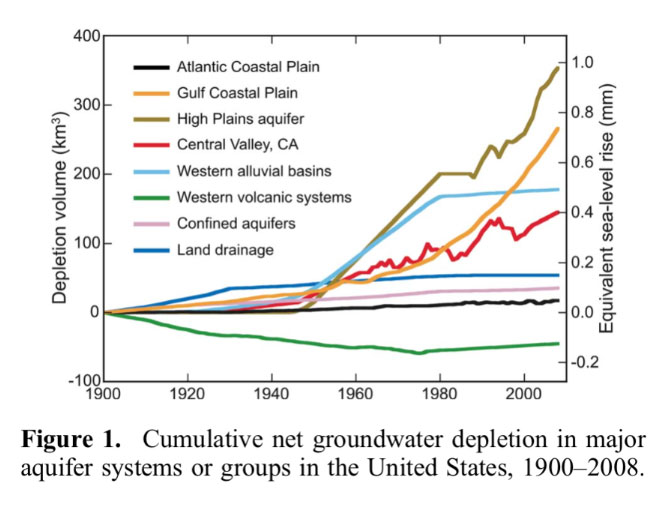
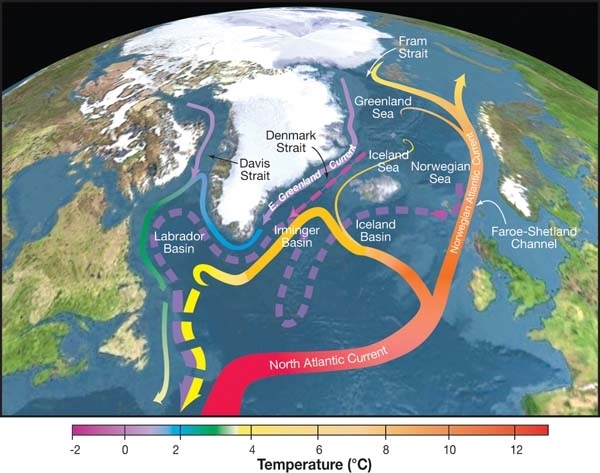
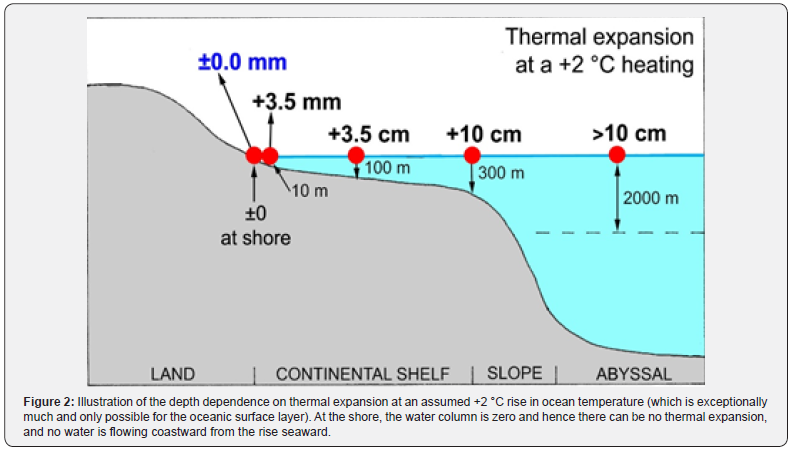

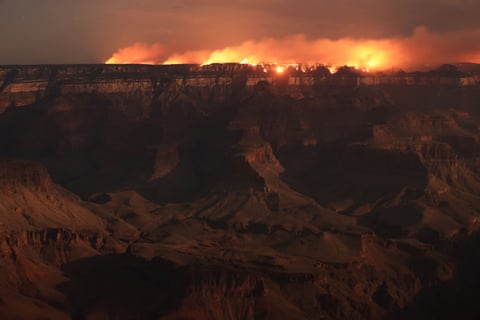
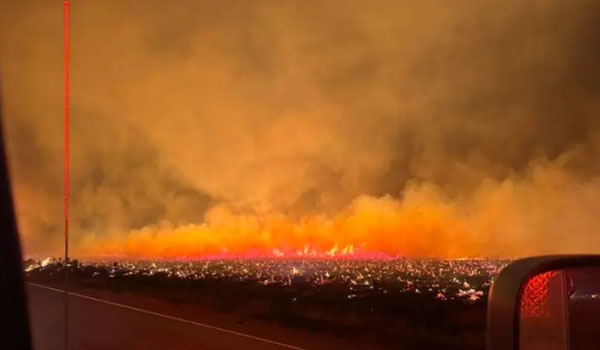
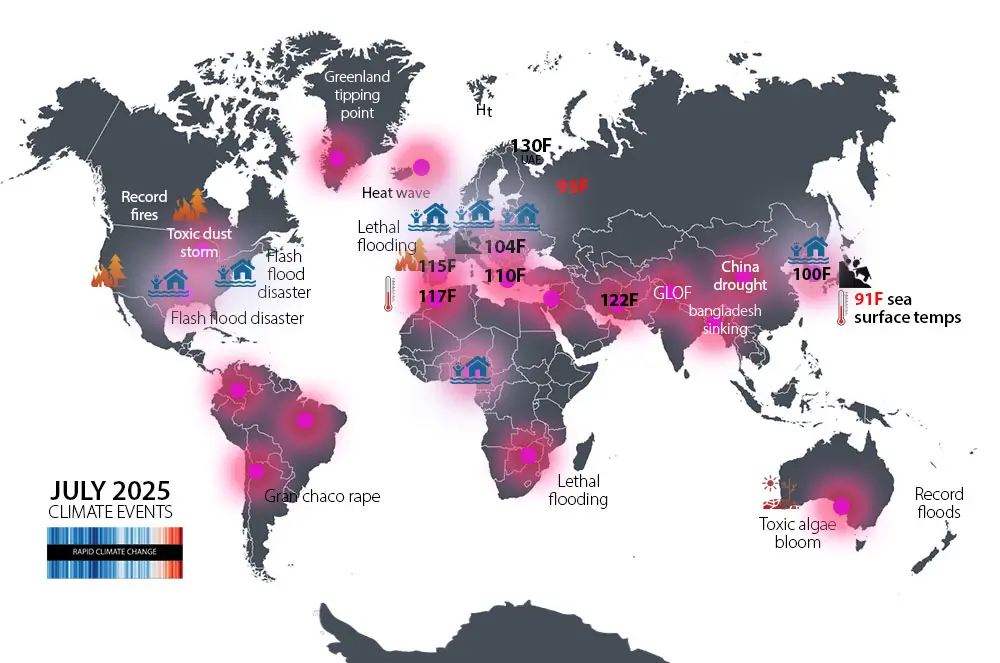
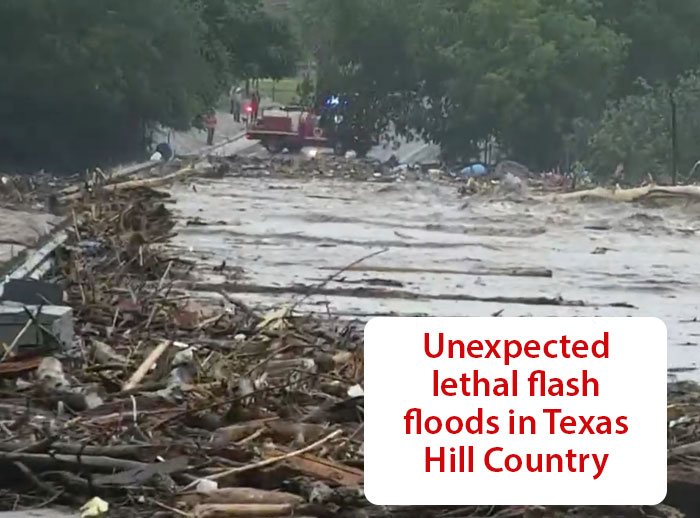
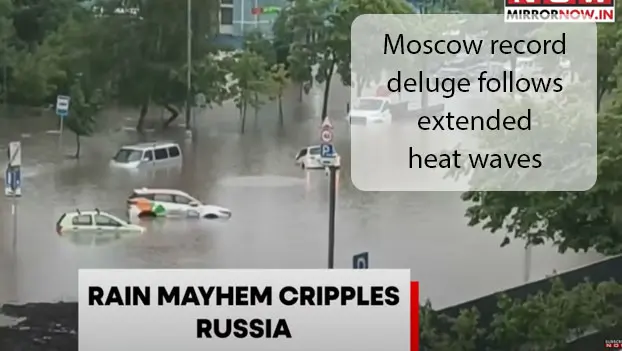 Moscow deluge
Moscow deluge